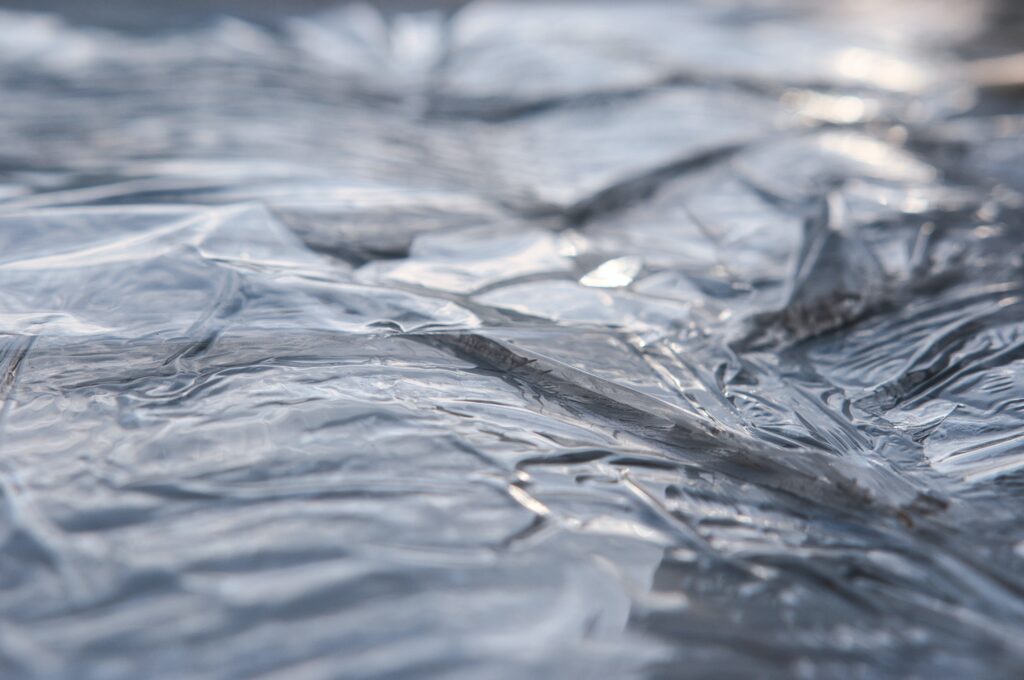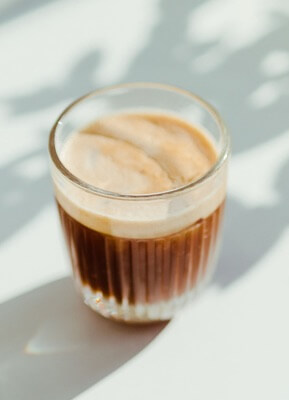Biaxially oriented polyamide film (BOPA) is a key material. It is used to produce various composite packaging materials. It has become the third largest packaging material after BOPP films and BOPET films. Compared with BOPP, BOPA, as a high-barrier film substrate, shows excellent barrier properties. Its resistance to rupture, impact, tensile strength, and puncture resistance make it the best among packaging films. It has excellent flexibility and puncture resistance. Its operating temperature range is wide (-60°C to 150°C). Resistant to acids, alkalis, oils, and common organic solvents, especially oil resistance. It has excellent fat and gas barrier properties. It extends shelf life better than ordinary packaging materials. However, the disadvantage of BOPA film is that it has poor moisture resistance. Barrier properties decrease after moisture absorption.
BOPA film usually exists as a high-end packaging material. It finds extensive applications in food, pharmaceuticals, cosmetics, and mechanical electronic packaging. It is particularly suitable for freezing, vacuum, and cooking packaging, with a promising market outlook.
1. BOPA production problem
One of the catastrophic problems encountered during the production and use of BOPA films is film adhesion. It is caused by factors such as static electricity, temperature, pressure, and the migration or penetration of short-chain molecules between the two layers. The adhesion of the film makes separation between layers difficult. Sometimes the entire roll of film is scrapped. Modern plastic processing is developing towards automation, high speed and high quality. Faster processing speeds lead to increased friction. Films are more prone to sticking, seriously hampering high-speed production. Moreover, the better the transparency of the film, the higher the processing temperature. The easier it is to have clumping and adhesion problems. Therefore, anti-sticking agents must be added during the production process of BOPA films.
To achieve uniform dispersion of the anti-adhesion agent in the film, it is typically added in the form of a masterbatch. The anti-adhesion masterbatch is produced by adding an anti-adhesion agent to PA. Mixing it through a twin-screw extruder, granulating, and drying. It is a crucial additive for producing high-quality BOPA films. I have write an article to introduce functional masterbatch, you can check here.
Currently, anti-sticking agents are mainly divided into two categories: inorganic and organic. Inorganic anti-stick agents include diatomaceous earth, talc, calcium carbonate, synthetic silica, and glass beads. Organic anti-sticking agents are mainly represented by silicone polymers and methyl methacrylate. Inorganic anti-adhesive agents often hurt the film’s optical properties such as gloss and transparency. Organic anti-adhesive agents improve the film’s anti-adhesive properties. At the same time, it has relatively little impact on its optical properties. So it is widely used in high-end BOPA films.

The mechanism of action of the anti-sticking agent is to evenly add organic or inorganic particles with a diameter of about 5 μm into the film. It can produce uneven surface topography. That is, it increases the surface roughness of the film. When the film surfaces are in contact, a certain amount of air can be retained on the film surface. The air layer formed prevents the film surfaces from sticking to each other.
In the actual production process, if the anti-adhesion effect of the film is improved. Other properties of the film such as mechanical properties, optical properties, barrier properties, aging properties, etc. may be adversely affected. This requires the addition of other additives, such as dispersants, lubricants, antioxidants, and so on. They are used to maintain the comprehensive performance of film products. It is important to improve the barrier properties while preparing anti-adhesive BOPA films. This will significantly improve the added value and competitiveness of the product.
2. Our Products: SM-050
The silica particles on the surface of the film will create unevenness. This unevenness reflects and scatters light, giving it a matte finish. Generally, in PA films, an addition of about 0.5% of silica results in perforation. If the silica content exceeds 3%, a matte effect occurs.
Advantages of SM-050:
- High filling
- High transparency
- Ultrafine particles
- Good dispersibility
- High matte efficiency
When producing matte masterbatch with SM-050, it is easily added. The addition in PA masterbatch can reach 20% or even higher.
When silica is added to the film, the film becomes matte. But the transparency is slightly reduced. An important advantage of SM-050 is that it has a relatively small impact on light transmittance. Also it provides a nice matte finish.
PET and PA plastics are sensitive to moisture. However, Sm-050 has low moisture content, which prevents plastic degradation.
In summary, Sm-050 silica particles can be strategically added in the production of anti-adhesion BOPA films. It enhances the anti-adhesion effect. It also maintains or even improves the overall performance of the film at the same time. So it is a valuable and competitive film choice in the market.




